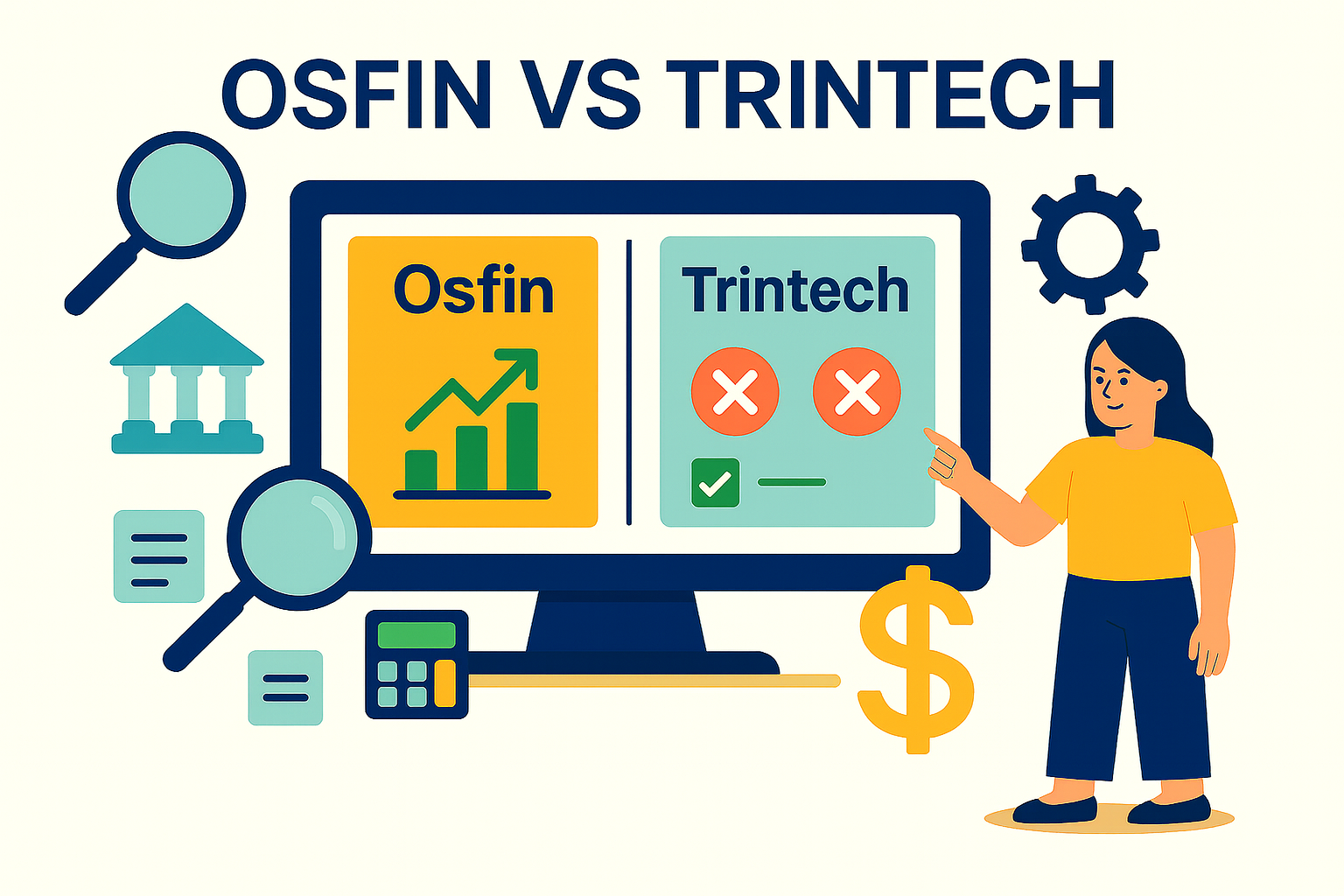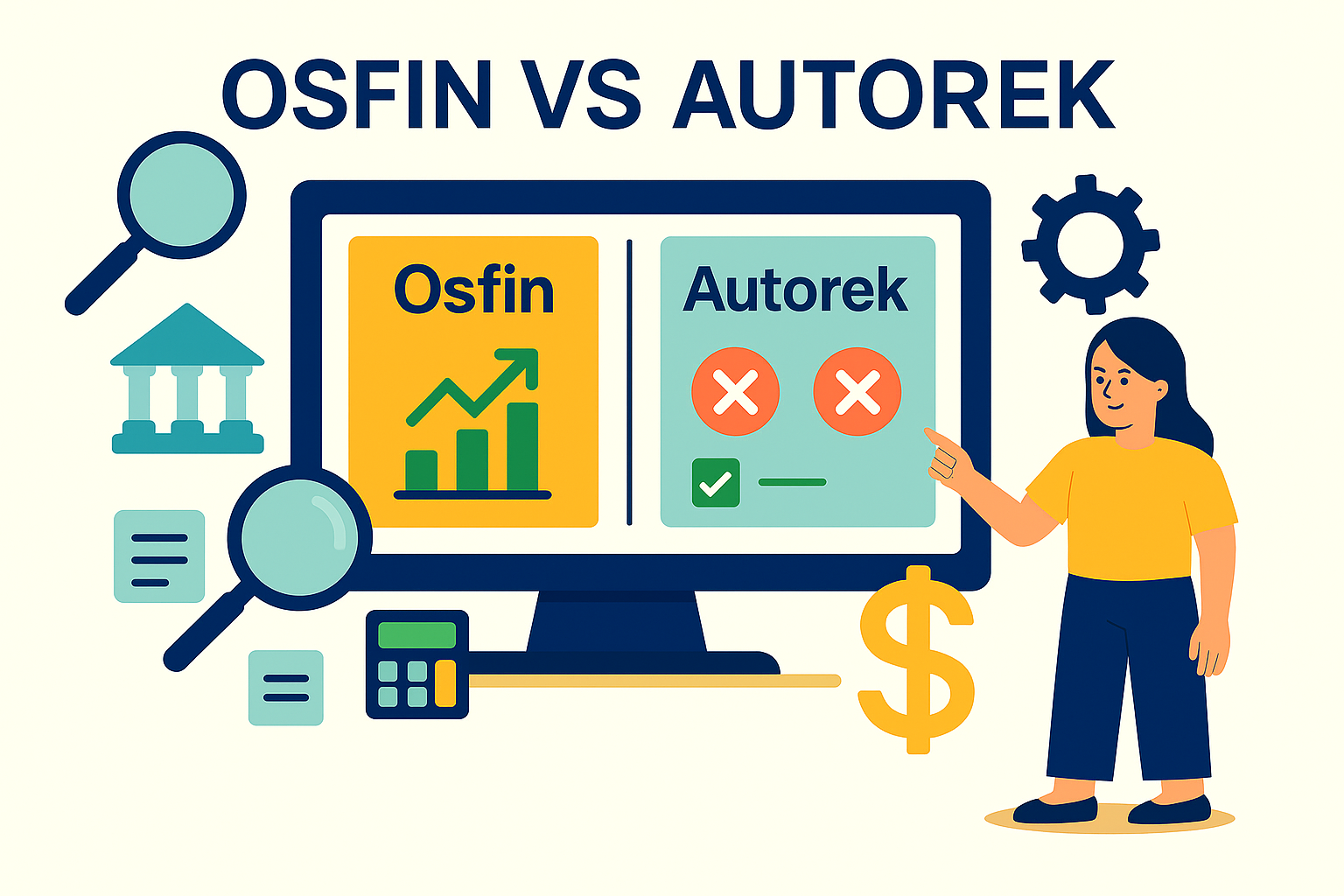Mastering Bank Reconciliation: A Comprehensive Guide for Business Owners and Accountants
Bank reconciliation is a very common process in accounting and finance that ensures the accuracy of a company's financial records. It is a critical control measure that ensures that the cash balance on the company's books matches the balance in its bank accounts. However, bank reconciliation can be a time-consuming and complex task that requires expertise and attention to detail. In this blog, we will discuss bank reconciliation, what it is, why it's important, and how to simplify the process.
What is Bank Reconciliation?
Bank reconciliation is the process of comparing the cash balance on a company's books to the balance on its bank statements to ensure that they match. The goal of bank reconciliation is to identify any discrepancies between the two balances and correct them. A bank reconciliation statement is a report that shows the differences between the two balances and the adjustments needed to bring them into an agreement.
Why is Bank Reconciliation Important?
Bank reconciliation is important for several reasons. First, it ensures the accuracy of a company's financial records. This is critical for making informed business decisions, meeting regulatory requirements and building trust with stakeholders. Second, bank reconciliation helps detect errors, fraud and other irregularities. Third, it helps prevent overdrafts and other cash flow issues by ensuring that the company's cash balance is accurate.
Bank Reconciliation Process
There are several steps in the bank reconciliation process, including:
Gather Bank Statements and Accounting Records
The first step in the bank reconciliation process is to gather all bank statements, cancelled checks, deposit slips and other relevant accounting records for the period being reconciled.
Compare Bank Statements to Accounting Records
The next step is to compare the bank statement to the company's accounting records. This involves comparing each transaction on the bank statement to the corresponding entry in the company's books.
Identify Discrepancies
The third step is to figure out why the two balances don't match. This could be caused by missing transactions, differences in timing, or mistakes made when recording transactions.
Adjust Accounting Records
The fourth step is to adjust the company's accounting records to correct any discrepancies. This may involve adding missing transactions, reversing incorrect entries, or adjusting the timing of transactions.
Reconcile Balances
The final step is to reconcile the cash balances on the company's books and the bank statement. This involves comparing the adjusted balances and making any additional adjustments as necessary to ensure that they match.
Bank Reconciliation Journal Entries
Bank reconciliation journal entries are entries made in the company's accounting records to adjust for any discrepancies between the company's cash balance and the bank statement.
These entries may include:
Deposits in Transit
Deposits that have been made but not yet recorded by the bank are called deposits in transit. To adjust for these, the company may record a debit to cash and a credit to deposits in transit.
Outstanding Checks
Outstanding checks are checks that have been issued but have not yet cleared the bank. To adjust for these, the company may record a credit to cash and a debit to outstanding checks.
Bank Errors
If the bank has made an error, such as recording a deposit or withdrawal incorrectly, the company may need to adjust its records to correct the error.
Non-Sufficient Funds Check
If a check deposited by the company is returned for non-sufficient funds (NSF), the company will need to adjust its records to reflect the bounced check. This may involve recording a debit to accounts receivable and a credit to cash.
Simplifying Bank Reconciliation
Bank reconciliation can be a complicated and time-consuming process, especially for businesses with a large volume of transactions. However, there are several ways to simplify the bank reconciliation process and make it more efficient.
Use Accounting Software
One of the best ways to simplify the bank reconciliation process is to use an accounting software. Accounting software automates many of the tasks involved in bank reconciliation, such as importing bank statements, matching transactions and creating journal entries. Accounting software can also help identify discrepancies and errors more quickly, making it easier to resolve them.
Osfin provides automated solutions for bank reconciliation, helping businesses track & reconcile transactions, identify discrepancies, manage exceptions and thus prevent financial errors. With its vast integration capabilities and advanced algorithms, reconciliation process gets streamlined thus ensuring accuracy of financial records.
Keep Accurate Records
Keeping accurate records is essential for any business, but it is especially important for bank reconciliation. Accurate records make it easier to identify discrepancies and errors and can help reduce the time and effort required for bank reconciliation. Businesses should ensure that all financial transactions are recorded accurately and promptly to make the bank reconciliation process more efficient.
Reconcile Frequently
Reconciling bank accounts frequently can help reduce the time and effort required for bank reconciliation. By reconciling accounts on a regular basis, businesses can identify discrepancies and errors more quickly and resolve them before they become more significant problems. Reconciling accounts daily or weekly can be especially helpful for businesses with a large volume of transactions.
Standardize Procedures
Standardizing procedures for bank reconciliation can help ensure that the process is consistent and efficient. Businesses should develop procedures for bank reconciliation, including who is responsible for the process, how often it should be done, and what steps should be taken to resolve discrepancies and errors.
Conduct Regular Audits
Regular audits can help ensure that the bank reconciliation process is accurate and reliable. Businesses should conduct regular audits of their bank reconciliation process to identify any weaknesses or areas for improvement. Audits can help businesses identify discrepancies and errors and can help prevent fraud.
Seek Professional Assistance
Finally, businesses that are struggling with bank reconciliation should consider seeking professional assistance. Accounting firms and financial consultants can provide guidance and support for bank reconciliation, helping businesses ensure that their financial statements are accurate and reliable.
Conclusion
Bank reconciliation is an essential process that ensures the accuracy of a company's financial records. It can be a complex and time-consuming task but by using accounting software, reconciling frequently, standardising procedures, training staff and implementing controls, organisations can simplify the bank reconciliation process and reduce the time and effort required to complete it.
By simplifying this process, finance teams can focus on other critical tasks that drive business growth and success. Osfin revolutionises the bank reconciliation process by offering automation, speed and seamless data integration. With the ability to reconcile millions of entries within minutes, it drastically reduces manual effort and frees up finance teams to focus on other critical tasks.
By leveraging Osfin, organisations can prevent revenue leakages, streamline their accounting close process and drive overall financial efficiency and accuracy.


